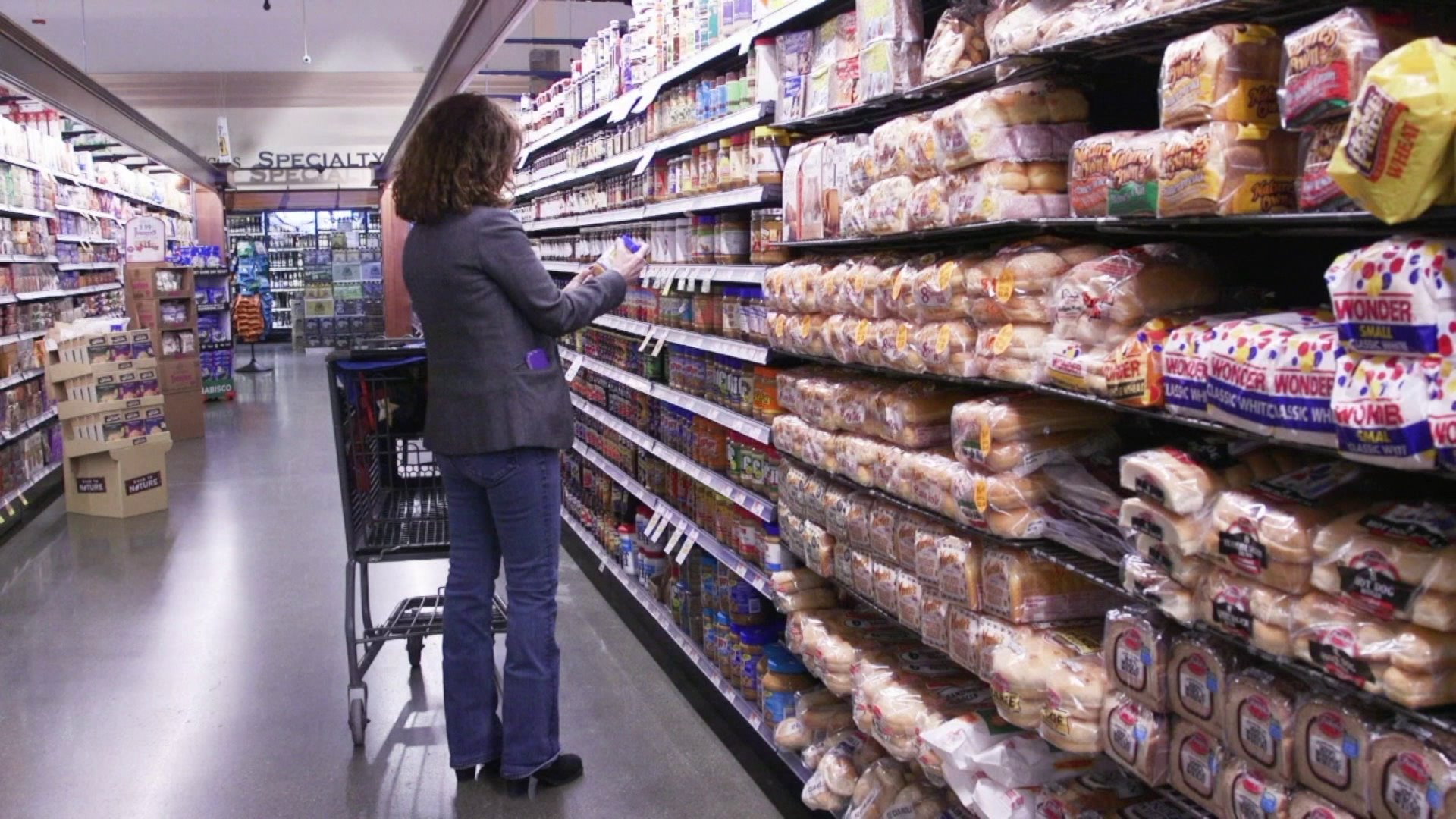Shakespeare asked what's in a name and you should too when it comes to food labels. Food packaging can feature a lot of claims that may make you think the product is good for you, or at least, feel better about buying it. But Consumer Reports warns just because something sounds healthy, doesn't mean it is.
Take the claim 'good source of calcium.' Per FDA rules, an item must contain at least 10-percent of the recommended daily intake to make the claim. On yogurt the label would make sense, but it may not make sense when you see it on a cookie. And when you see it on cookie it doesn't necessarily mean that all of a sudden that cookie is healthier for you.
Sometimes the health message is in the product's name, such as Simply Lay's Sea Salted potato chips. But dig a little deeper -- the sodium content is almost identical to that in their Classic chips. There`s no difference between sea salt and regular salt nutritionally. You're still going to be getting the sodium from it and it`s still a potato chip.
Even if the product does contain real ingredients, the key is HOW MUCH. Brachs Candy Corn boasts it is 'made with real honey...' but take a look at the ingredients list and you`ll see that honey is like the last ingredient on the list which means there`s very little of it in the product.
The same goes for packaging that tells you want`s NOT inside. Log Cabin Syrup proclaims 'No High Fructose Corn Syrup,' but the three main ingredients are still corn syrup, water and sugar. Trisha Calvo of Consumer Reports says the only real way to know if a food fits your diet, is to flip the box over to see the content that matters -- calories, fiber, sodium - with only one additive needed: common sense. Nothing is going to make a candy bar healthy. Nothing is going to make a lollipop healthy. That doesn't mean that you can`t eat those foods. But just don`t be fooled into thinking that you are doing something good for your body.


